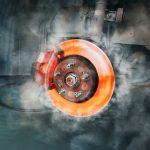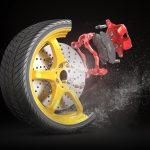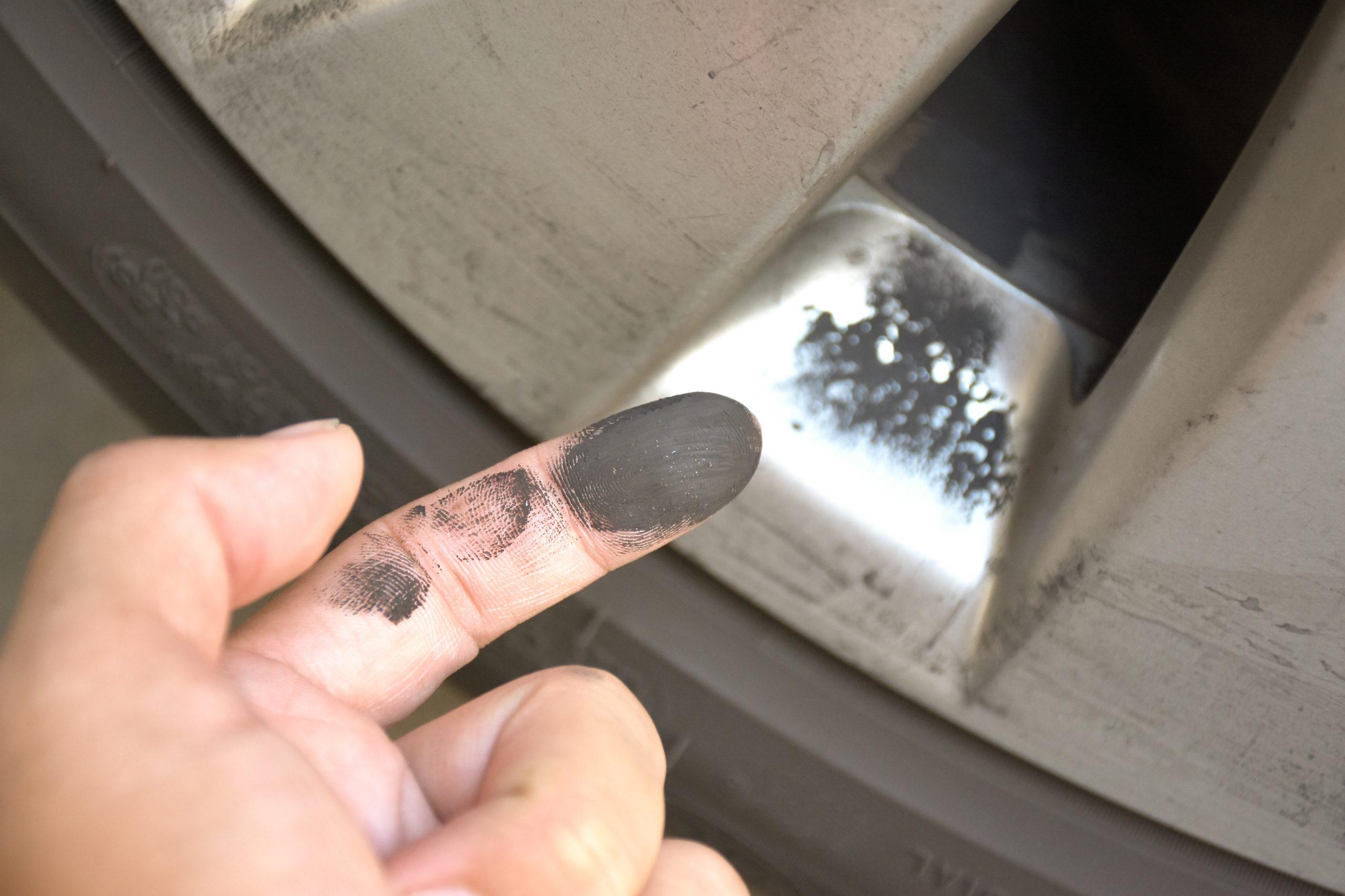
Brake Dust: What It Is and How to Manage It
- Harbor Brakes
- January 4, 2024
- Uncategorized
- brake disc, brake fluid, brake maintenance, brake pads, brake repair, brake rotors, brake service, brakes, pads, rotors
Introduction
Brake dust is a common byproduct of the braking process and can be a nuisance for vehicle owners. Understanding what brake dust is and how to effectively manage it is crucial for maintaining both the aesthetics and functionality of your vehicle’s brakes.
What is Brake Dust?
Brake dust primarily consists of tiny particles from the brake pads that are worn off during the braking process. As the brakes are applied, friction between the brake pads and the brake rotors generates these particles.
Composition of Brake Dust
- Metallic Particles: Many brake pads contain metal and as they wear, tiny metal particles are released.
- Carbon Compounds: These result from the binding materials in brake pads disintegrating under the heat and pressure of braking.
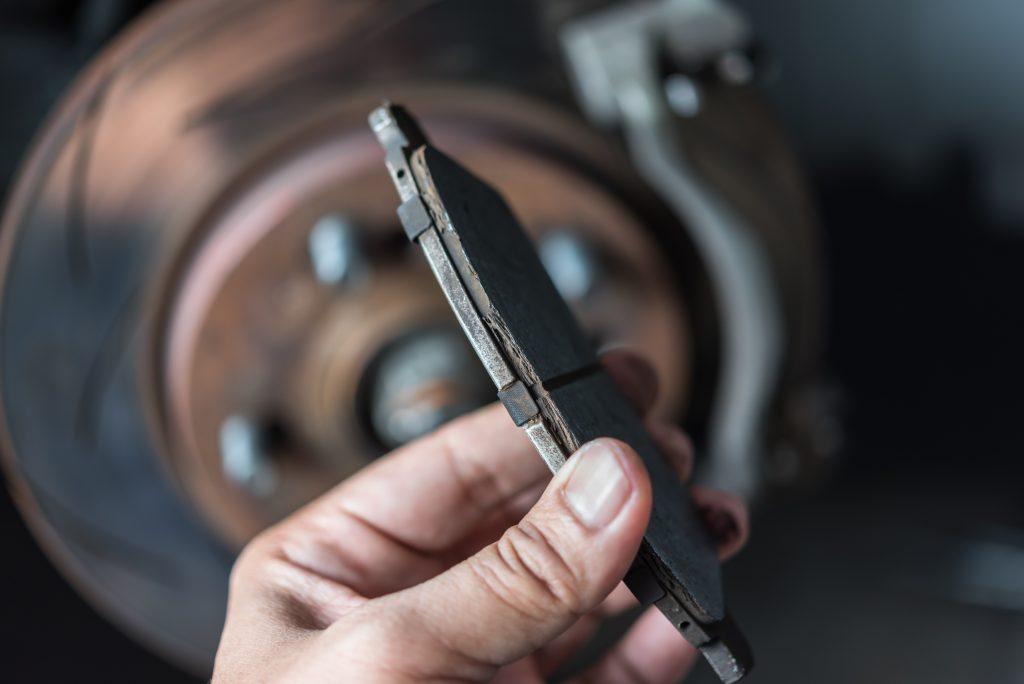
The Impact of Brake Dust on Vehicles
While brake dust is mostly a cosmetic issue, excessive accumulation can have detrimental effects on your vehicle. It can corrode wheel finishes and, in extreme cases, affect the performance of the brakes themselves.
Corrosion and Aesthetics
- Wheel Damage: Brake dust can cause pitting and corrosion on alloy wheels if not regularly cleaned.
- Visual Appeal: Accumulated brake dust can significantly diminish the appearance of your vehicle’s wheels.
Managing and Reducing Brake Dust
Regular Cleaning
- Routine Wheel Washing: Regularly cleaning your wheels can prevent the buildup of brake dust and protect the wheel finish.
- Use of Wheel Protectant: Applying a wheel protectant can make future cleaning easier and offer a layer of protection against brake dust.
Choosing the Right Brake Pads
- Low-Dust Brake Pads: Opting for brake pads specifically designed to produce less dust can be a worthwhile investment.
- Ceramic Brake Pads: These tend to produce less visible dust compared to standard metallic pads.
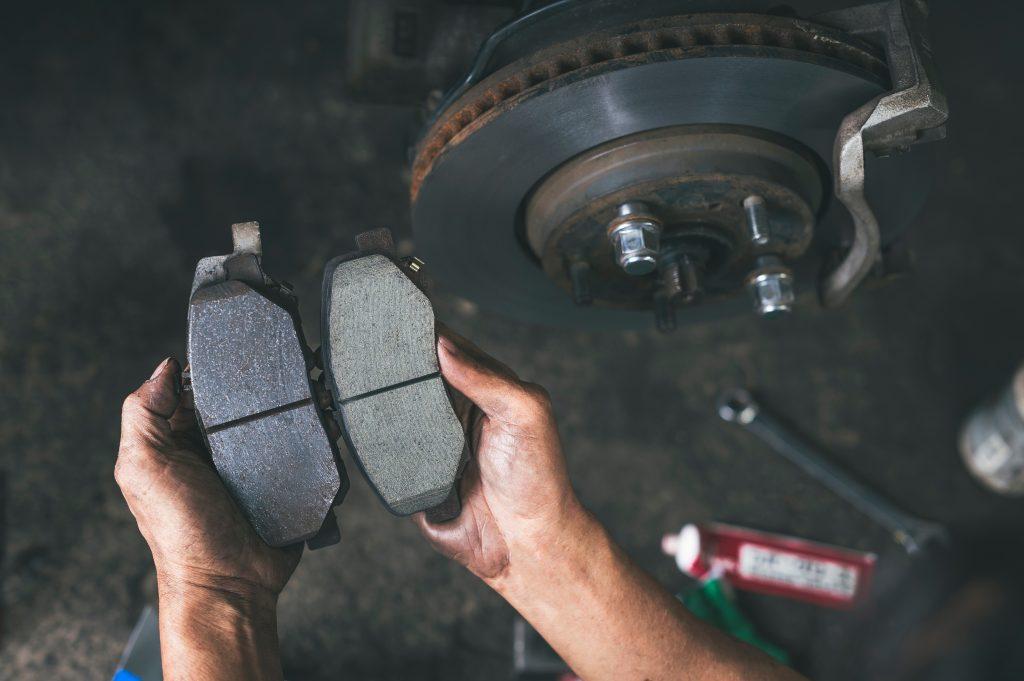
Preventive Measures for Brake Dust
Driving Habits
- Gentler Braking: Aggressive braking tends to wear brake pads faster, resulting in more brake dust. Adopting smoother braking techniques can reduce dust production.
- Avoiding Overloading: Heavy loads increase braking effort and pad wear, thus increasing brake dust.
Regular Brake Maintenance
- Brake Inspection: Regular check-ups of your brakes can ensure they are in good condition and functioning efficiently.
- Brake Service: Properly serviced brakes are less likely to produce excessive dust.
Conclusion: Keeping Your Brakes Clean and Efficient
Brake dust is an inevitable part of the braking process, but managing it effectively is important for maintaining the appearance and longevity of your brakes and wheels. Regular cleaning, choosing the right brake pads, and adopting better driving habits are key to controlling brake dust.
Call to Action

Struggling with brake dust or have concerns about your brakes? Visit Harbor Brakes and Auto Repair for expert advice and services. Our team is dedicated to keeping your brakes in top condition, ensuring your safety and your vehicle’s longevity.
